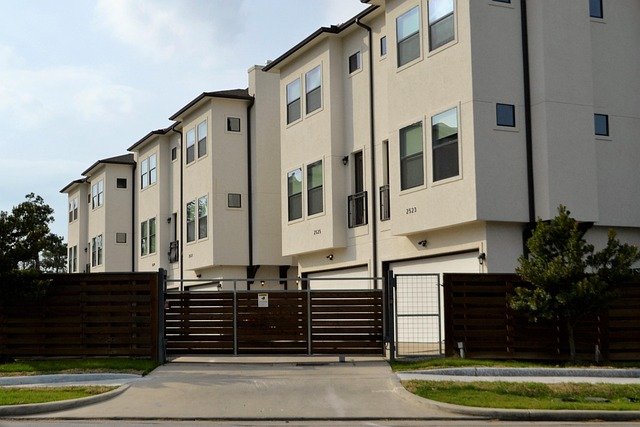Title: Micro-Apartments: The Future of Urban Living?
Introduction: As urban populations surge and housing affordability becomes increasingly challenging, a new trend is emerging in major cities worldwide: micro-apartments. These compact living spaces, typically ranging from 150 to 400 square feet, are reshaping the real estate landscape and challenging traditional notions of home. With 54% of the world's population now residing in urban areas, and projected to reach 68% by 2050, the demand for innovative housing solutions has never been more pressing.

Economic Drivers Behind the Trend
The surge in micro-apartment popularity is largely driven by economic factors. In many global cities, traditional housing has become increasingly unaffordable for young professionals and middle-income earners. For instance, in San Francisco, the median rent for a one-bedroom apartment reached $3,700 in 2022, pricing out many potential residents. Micro-apartments offer a more accessible entry point to desirable neighborhoods, with rents often 20-30% lower than conventional studios in the same area.
Design Innovations in Small Spaces
Architects and interior designers are at the forefront of the micro-apartment revolution, developing ingenious solutions to make small spaces feel larger and more functional. Some common features include:
-
Murphy beds that fold into walls
-
Convertible dining tables that double as work desks
-
Sliding partitions to create separate living areas
-
Vertical storage systems to maximize wall space
-
Smart home technology for efficient climate and lighting control
These design elements not only make micro-living possible but can also create surprisingly comfortable and aesthetically pleasing environments.
The Environmental Angle
Micro-apartments align well with growing environmental concerns and the push for sustainable urban development. Smaller living spaces generally consume less energy for heating, cooling, and lighting. Additionally, micro-apartment buildings often incorporate green technologies such as solar panels, rainwater harvesting systems, and energy-efficient appliances. The reduced footprint of these dwellings also encourages a minimalist lifestyle, potentially leading to decreased consumption and waste.
Challenges and Criticisms
Despite their potential benefits, micro-apartments are not without controversy. Critics argue that these tiny dwellings could lead to overcrowding and potentially unsafe living conditions if not properly regulated. There are also concerns about the long-term psychological effects of living in such confined spaces, particularly for families or individuals working from home.
Some cities have responded by implementing minimum size requirements for new apartments. For example, New York City requires new apartments to be at least 400 square feet, though exceptions have been made for pilot micro-apartment projects.
Impact on Real Estate Markets
The proliferation of micro-apartments is having a significant impact on real estate markets in major cities. For developers, these units offer higher potential returns per square foot compared to traditional apartments. This has led to increased investment in micro-apartment projects, particularly in areas with high land costs.
For investors, micro-apartments present an interesting opportunity. While they may have higher turnover rates than conventional apartments, they often command higher rents per square foot and can appeal to a steady stream of young professionals and students in urban areas.
Regulatory Landscape
As micro-apartments gain popularity, cities are grappling with how to regulate these new forms of housing. Zoning laws, building codes, and occupancy limits are being revisited to accommodate this trend while ensuring safety and livability standards are met. Some cities, like Seattle, have embraced micro-housing by creating specific zoning categories for small efficiency dwelling units.
The Future of Micro-Apartments
The future of micro-apartments looks promising, especially as urban populations continue to grow and housing affordability remains a challenge. Advancements in modular construction techniques may further reduce the cost and time required to build micro-apartment complexes, potentially making them even more attractive to developers and investors.
Moreover, the COVID-19 pandemic has sparked new discussions about urban density and living spaces. While some predict a move away from dense city centers, others argue that well-designed micro-apartments with communal amenities could offer a balance between private space and social interaction that many urban dwellers seek.
Conclusion
Micro-apartments represent a significant shift in urban living and real estate development. As cities continue to evolve and adapt to changing demographics and economic realities, these compact dwellings are likely to play an increasingly important role in housing markets worldwide. While challenges remain, the innovative approaches to design, sustainability, and community-building that micro-apartments inspire may well shape the future of urban real estate for decades to come.





